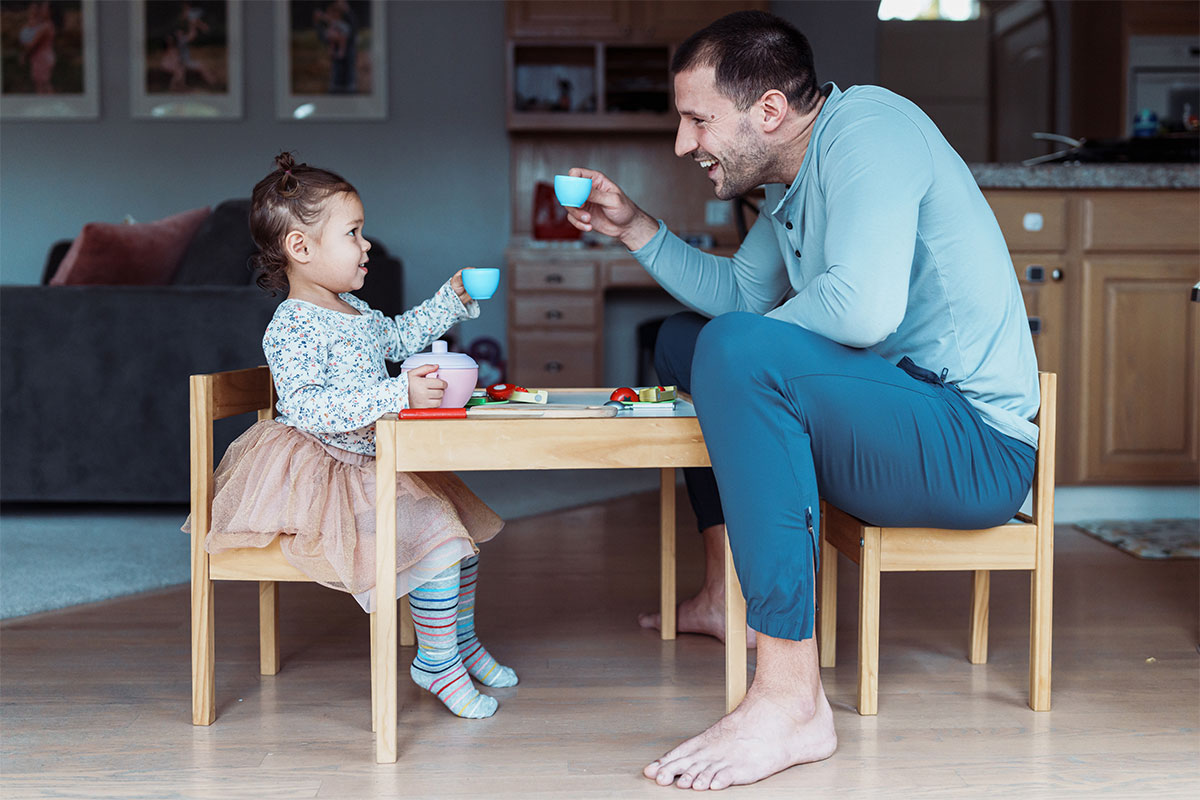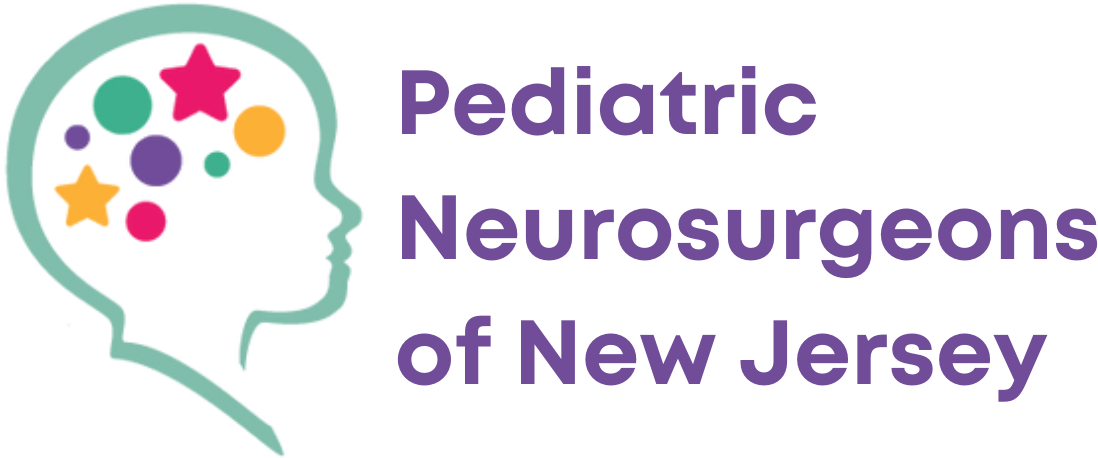Chiari Malformation surgery is a delicate neurosurgical procedure often necessary to alleviate symptoms caused by the displacement of brain tissue into the spinal canal. Led by Dr. Tim Vogel at Pediatric Neurosurgeons of New Jersey, this surgery aims to relieve pressure on the brain and spinal cord, restoring proper cerebrospinal fluid flow. Dr. Vogel is a board-certified pediatric neurosurgeon who uses advanced surgical techniques and a multidisciplinary team to provide optimal outcomes for his young patients and their families.
The Condition Treated: Chiari Malformation
Chiari malformation is a structural abnormality in the base of the skull and cerebellum, where the lower part of the brain, the cerebellar tonsils, extends into the spinal canal. This can obstruct the flow of cerebrospinal fluid, resulting in a range of neurological symptoms. These may include headaches, neck pain, dizziness, balance problems, difficulty swallowing, and even paralysis of the face and vocal cords. Chiari malformation is typically congenital but can also be acquired later in life due to trauma, infection, or other factors.

The Symptoms:
- Headaches, typically at the back of the head, often exacerbated by coughing or sneezing
- Neck pain or stiffness, sometimes radiating down the spine
- Dizziness or vertigo, especially with sudden movements
- Balance and coordination difficulties
- Numbness or tingling in the hands or feet
- Weakness or paralysis of the extremities
- Problems with fine motor skills, such as writing or buttoning clothes
- Difficulty swallowing, sometimes accompanied by gagging or choking
- Ringing in the ears (tinnitus)
- Sleep disturbances, including insomnia or excessive daytime sleepiness
The Treatment: Brain Decompression Surgery
Chiari malformation surgery, also known as brain decompression surgery, is a procedure aimed at relieving the symptoms caused by the compression of the brainstem and spinal cord. During surgery, the neurosurgeon makes an incision at the back of the head and removes a small portion of the skull (craniectomy) to create more space for the displaced brain tissue. This alleviates pressure on the brainstem and allows for improved cerebrospinal fluid flow.
Once the bone is removed, the surgeon may also perform a duraplasty, where a patch is sewn into the dura mater (the membrane surrounding the brain and spinal cord) to expand the space and prevent future compression. In some cases, the surgeon may also use an electrical current to shrink some of the tissue. Chiari malformation surgery aims to improve neurological function, alleviate symptoms, and enhance the overall quality of life for affected individuals.
Other Possible Techniques:
- Cervical Laminectomy: In cases where the compression extends lower into the cervical spine, a laminectomy may remove part of the vertebrae, providing additional space for the affected tissues and spinal cord.
- Endoscopic Surgery: Utilizing minimally invasive techniques, endoscopic surgery allows for smaller incisions and reduced tissue disruption. Surgeons insert a thin, flexible tube with a camera and surgical instruments through small openings, enabling them to visualize and address the malformation with precision.
- Cerebrospinal Fluid Diversion: For those who also develop hydrocephalus, a condition characterized by excessive accumulation of cerebrospinal fluid within the brain, treatment may involve a shunt procedure. This involves the placement of a thin tube (shunt) to divert excess fluid away from the brain to another part of the body, such as the abdomen.

Schedule Your Consultation
Dr. Tim Vogel is a board-certified pediatric neurosurgeon and surgeon-scientist serving as the lead neuro-oncology neurosurgeon at Joseph M Sanzari Children’s Hospital. He specializes in treating complex neurosurgical conditions using the most advanced techniques available. Schedule your consultation to benefit from Dr. Vogel’s expertise, ensuring personalized treatment and the best possible outcome for you or your loved ones.

